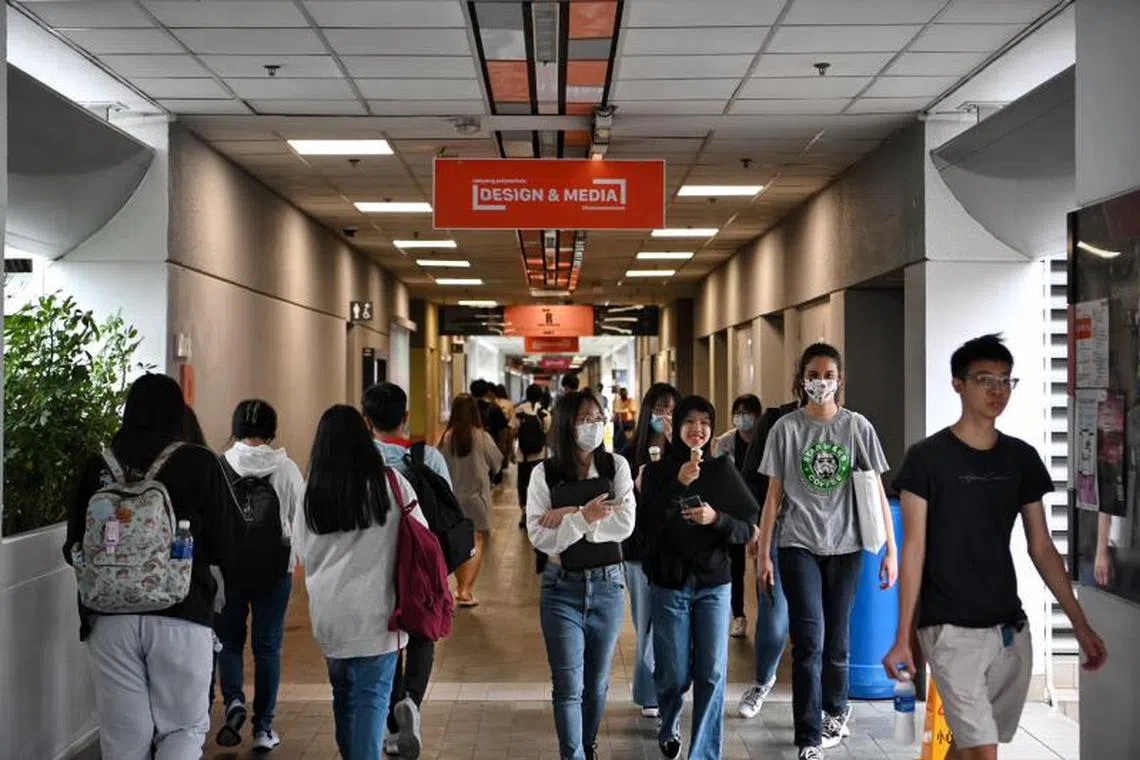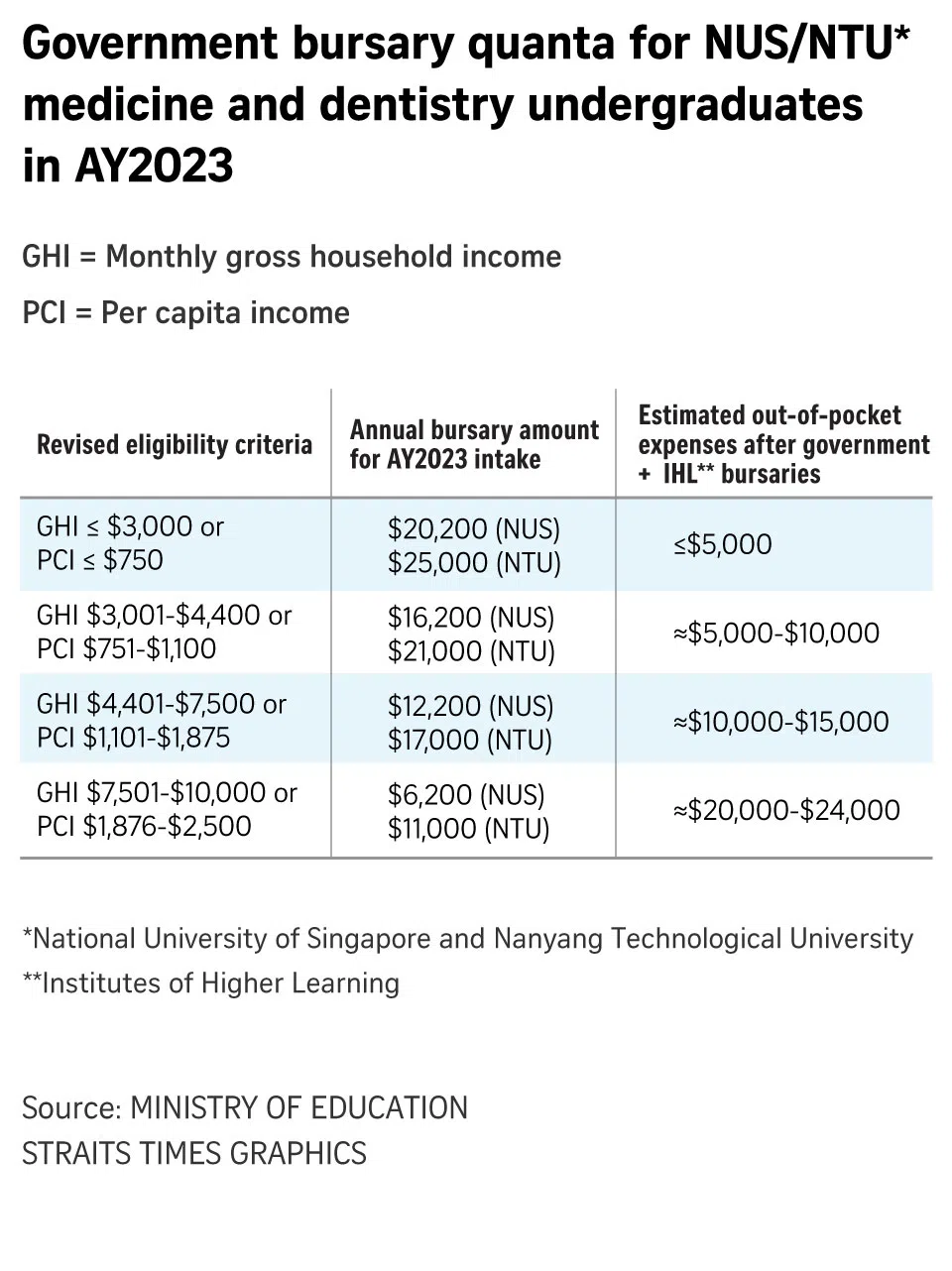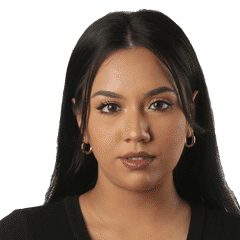About 78,500 students to benefit from increase in tuition fee bursaries
Sign up now: Get ST's newsletters delivered to your inbox

The annual Higher Education Community Bursary amount for full-time diploma students will be increased from $2,750 to $2,950.
ST FILE PHOTO
Follow topic:
SINGAPORE – About 78,500 post-secondary students will receive financial help to pursue their studies, as a result of government bursaries for tuition fees increasing and eligibility criteria widening to include more students, the Ministry of Education (MOE) said on Friday.
The move will take place from academic year (AY) 2023, with diploma and degree students from lower-income families receiving the highest increase in subsidies.
The annual Higher Education Community Bursary amount for full-time diploma students will be increased from $2,750 to $2,950, while the amount for undergraduates will go up from $6,200 to $6,300.
The Higher Education Community Bursary provides financial assistance to students from lower-income groups.
Under the Higher Education Bursary, full-time diploma students will see an increase from $1,900 to $2,000, and undergraduates from $3,200 to $3,250.
The enhanced Higher Education Bursary amount for part-time diploma students will increase from $800 to $850, and for undergraduates, from $2,500 to $2,550.
The enhancements follow a revision in income eligibility criteria for MOE financial assistance schemes and increase in government bursaries for full-time Institute of Technical Education students, announced in October 2022.
With the revised income criteria, about 78,500 students are expected to benefit from the enhanced bursaries, up from 74,000 now.
“These initiatives seek to enhance the affordability of higher education for all Singaporeans, and ensure that every student, regardless of family circumstance, is able to reach his or her full potential in life,” MOE said.
The income eligibility criteria were last revised in 2018.
Full-time diploma students from lower-income families can expect to benefit from bursaries valued at about 95 per cent of their subsidised fees, while full-time undergraduates who qualify for the highest bursary tier can expect bursaries valued at some 75 per cent of their subsidised fees, said MOE.
No changes will be made to bursaries for medicine and dentistry courses, which command significantly higher fees, but those who are eligible for the highest bursary tier, along with university aid, will need to pay only about $5,000 a year out of pocket, compared with $20,000 to $24,000 for those in the lowest bursary tier.

Education Minister Chan Chun Sing said in a Facebook post on Friday that such government bursaries have helped students like Sherman Dang and Lim Shu En.
“When Sherman’s parents were unable to work due to health issues and disabilities, the Higher Education Community Bursary enabled him to continue his studies in computing at National University of Singapore,” he said, adding that Sherman was formerly president of the university’s computing club.
Mr Chan also shared that government bursaries helped Shu En, a Year 1 Nanyang Polytechnic business management student, to focus on her studies and goals without worrying about her expenses.
“We will continue to ensure that every Singaporean student, regardless of their backgrounds, has the opportunity to reach his or her fullest potential,” he added.


